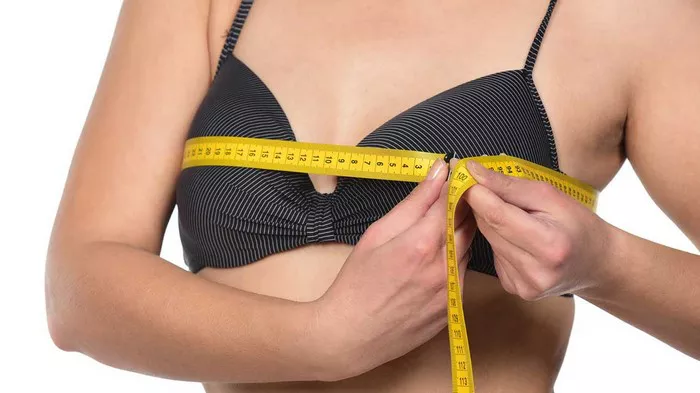Breast augmentation is a popular cosmetic surgery procedure that involves the insertion of implants to enhance the size and shape of the breasts. One of the most common techniques used in breast augmentation is placing the implants under the muscle. While this technique can provide a more natural-looking result, it can also lead to more discomfort and pain after surgery. In this article, we will explore how painful breast augmentation under the muscle can be and what you can do to manage discomfort during the recovery process.
Understanding Breast Augmentation Under the Muscle
Breast augmentation under the muscle involves placing the implant beneath the pectoral muscle, which is located between the breast tissue and the chest wall. This technique can provide several benefits, including a more natural-looking result, reduced risk of capsular contracture, and improved support for the implant. However, it can also lead to more discomfort and pain after surgery, as the muscle must be stretched and manipulated during the procedure.
Managing Pain After Breast Augmentation Under the Muscle
While pain and discomfort are common after any type of breast augmentation surgery, they can be more pronounced with implants placed under the muscle. Fortunately, there are several strategies that can help manage pain and promote healing during the recovery process.
Pain medication: Your surgeon will likely prescribe pain medication to help manage discomfort after surgery. It’s essential to take these medications as directed and not to exceed the recommended dosage.
Cold compresses: Applying a cold compress to the breasts can help reduce swelling and discomfort. You can use a bag of frozen peas or a cold gel pack wrapped in a towel for 20 minutes at a time, several times a day.
Rest: It’s crucial to rest and avoid strenuous activity for several weeks after surgery. This can help reduce pain and promote healing.
Compression garments: Your surgeon may recommend wearing a compression garment or surgical bra to help support the breasts and reduce swelling.
Gentle stretching: Your surgeon may recommend gentle stretching exercises to help prevent stiffness and promote healing. It’s essential to follow these instructions carefully and avoid overexerting yourself.
Follow-up appointments: It’s crucial to attend all follow-up appointments with your surgeon to monitor your progress and ensure proper healing.
Timeline for Recovery
The recovery timeline for breast augmentation under the muscle can vary depending on several factors, including the size and type of implant, the surgical technique used, and individual healing factors. In general, most patients can expect to experience discomfort and pain for the first few days after surgery, with gradual improvement over the following weeks.
During the first week after surgery, it’s essential to rest and avoid strenuous activity. You may experience swelling, bruising, and discomfort during this time, but these symptoms should gradually improve with proper care and attention.
By the second week, you may be able to resume some light activities, such as walking and light stretching. However, it’s crucial to avoid any activities that could strain the chest muscles or cause discomfort.
By the third week, most patients can resume light exercise and other activities, as long as they do not cause discomfort or strain the chest muscles. It’s essential to continue wearing a compression garment or surgical bra as directed and to attend all follow-up appointments with your surgeon.
When to Seek Medical Attention
While pain and discomfort are common after breast augmentation under the muscle, it’s crucial to monitor your symptoms closely and seek medical attention if you experience any of the following:
Severe or persistent pain that is not relieved by medication
Swelling, redness, or warmth around the incision site
Fever or chills
Drainage or discharge from the incision site
Changes in the appearance or feel of the breasts, such as sudden swelling or asymmetry
These symptoms could be a sign of a more serious complication, such as infection or implant rupture, and require prompt medical attention.
Conclusion
Breast augmentation under the muscle can provide a more natural-looking result, but it can also lead to more pain and discomfort after surgery. By following proper care and attention, including rest, pain medication, cold compresses, and compression garments, you can manage discomfort and promote healing during the recovery process. If you experience any unusual or concerning symptoms, it’s crucial to seek medical attention immediately to ensure proper care and prevent complications. With proper care and attention, breast augmentation can be a safe and effective way to enhance your appearance and boost your confidence.

